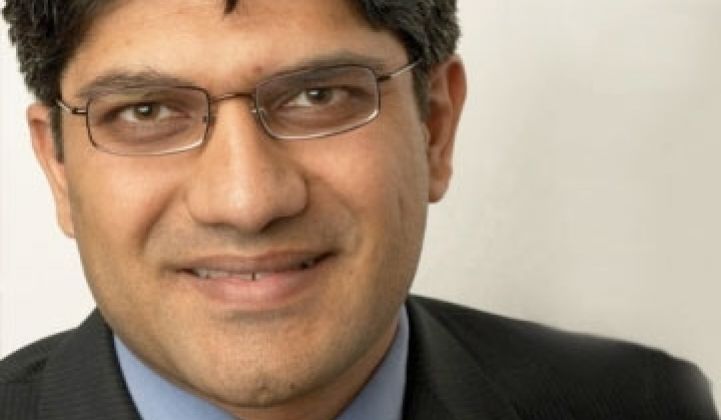Unless the United States, China, and the European Union (EU) step back from a mutually destructive trade war, the next decade for the solar industry could resemble the world economy in the 1930s.
Back in 1929 and 1930, Congress passed -- and President Herbert Hoover signed -- the Smoot-Hawley tariff, despite the warnings of Henry Ford, the CEO of J. P. Morgan, and a petition signed by 1,028 liberal and conservative economists.
As we now know, the results were a round of retaliatory trade restrictions by the world’s leading economies and the deepening of the Great Depression.
More than eight decades later, in what has been a fast-growing worldwide solar industry, history is repeating itself, with consequences that are predictable but still avoidable.
Ostensibly to protect U.S. solar cell manufacturing, the German-owned company SolarWorld initiated a trade case aimed at restricting the importation of Chinese solar panels.
After a year-long battle fought at the Department of Commerce and U.S. International Trade Commission (ITC), SolarWorld won most, but not all, of what it wanted. Despite its “victory,” SolarWorld admits that these tariffs have not protected U.S. solar cell and panel manufacturers.
More importantly, since SolarWorld filed its complaint, numerous retaliatory trade actions have taken place throughout the world.
First, in addition to filing a trade petition in the U.S., SolarWorld filed a similar complaint in the EU, and the EU began an anti-dumping investigation this summer which, if successful, will have an even larger price impact on the world solar market.
Then, for its part, China began an investigation into the alleged dumping of polysilicon by U.S. companies. Additionally, China has alleged in a petition to the World Trade Organization that the EU and some member states gave illegal subsidies to photovoltaic solar projects that used EU-produced equipment.
And now there are indications that India too plans to initiate an investigation into solar dumping by Chinese, U.S. and Malaysian solar cell manufacturers.
Those of us who have worked hard to build a solar industry in the U.S. to compete with fossil-fuel-generated power need to take a collective breath and think clearly about the consequences of an all-out solar trade war. The big winners will be the producers of coal, oil and natural gas, not solar manufacturers in the U.S., China, the EU or anywhere else.
Instead of retaliation and recrimination, we need education and reconciliation. We need to work together to create an international framework for a worldwide solar industry.
Here in the U.S., local manufacturing is important. We need to figure out the best strategies to advance the latest breakthroughs and commercialize the most efficient technologies be they the manufacture of cells, polysilicon or machinery to process cells or equipment required to operate panels. Recognizing the rapid pace of discovery and change, we should determine what types of manufacturing to encourage and which types of manufacturing may be best suited for our economy, workforce and geography.
Internationally, we should negotiate our trade relationships, not use a blunt -- and highly ineffective instrument -- such as tariffs, to set the terms of trade.
U.S. trade laws are archaic, rigid and designed to reward the petitioner, not to consider the consequences to an entire industry and consumers.
The most basic lesson we can take from the SolarWorld case is that oft-repeated quotation from George Santayana: “Those who forget the past are doomed to repeat it.” We in the solar industry repeat the Smoot-Hawley tariff lesson at our peril.
As the world learned during the 1930s, no one wins in a trade war.
***
Jigar Shah is the president of the Coalition for Affordable Solar Energy and the founder of SunEdison, a solar energy services company.



